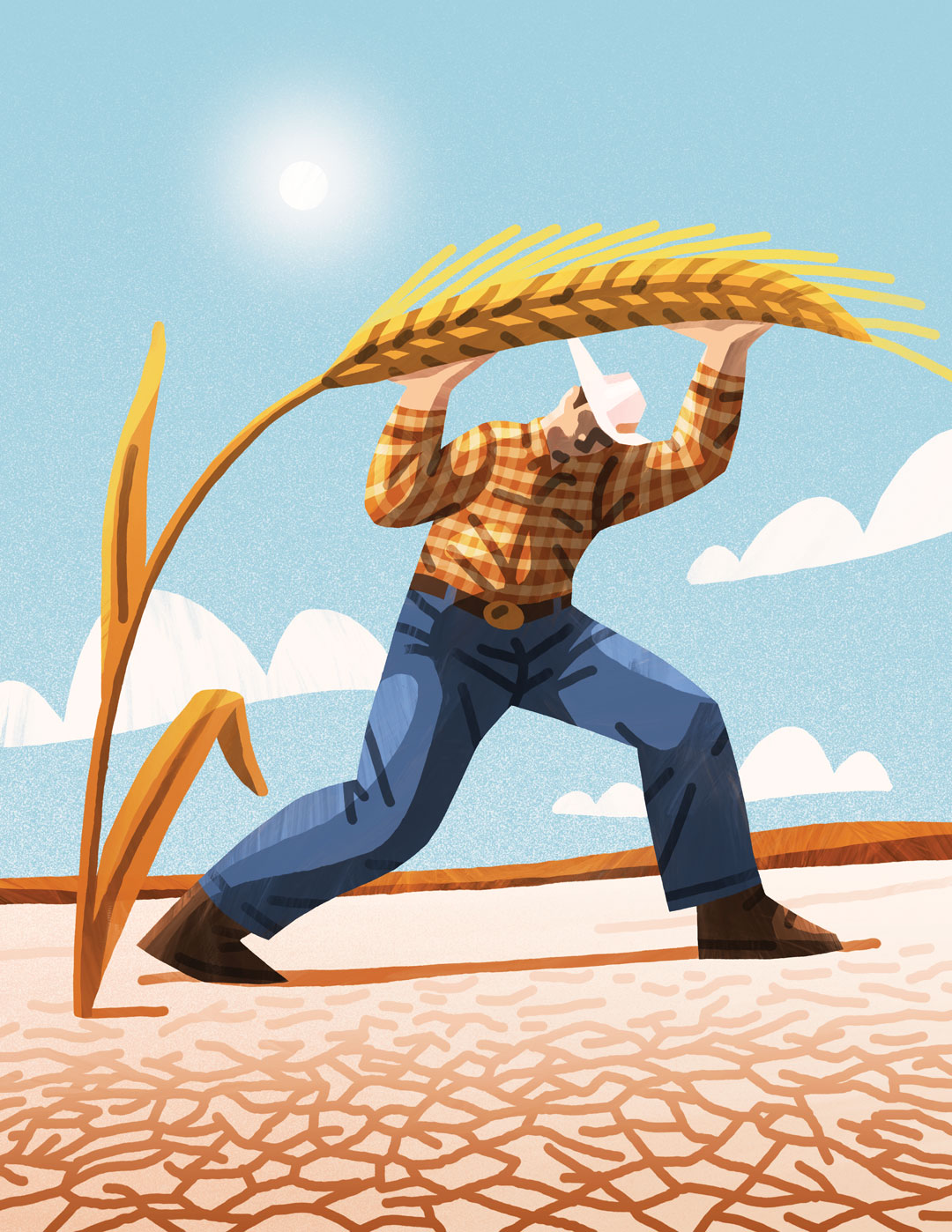FARM MEETINGS AIN’T WHAT THEY USED TO BE
AG CONFERENCES STRIKING A MORE POSITIVE TONE
BY TOM STEVE
The first farm meetings I covered as a young radio reporter in Weyburn, SK were pretty sullen affairs.
Topics such as rail line abandonment, the Crow Rate and income stabilization were standard fare, with passionate statements from farm leaders for and against the forces of change.
There was usually a pot of coffee at the back of the community hall and maybe some baking courtesy of the local United Church Women, but otherwise no frills and often little optimism about the future of agriculture.
Things didn’t get a lot sunnier in the late ’80s when drought, grasshoppers and trade wars severely depressed farm incomes and launched the era of acreage-based support payments, starting with a $1-billion payout to western Canadian farmers in 1987. I recall one of my farmer friends joking that the key to success in grain farming in those days was owning several mailboxes so he could receive all the government cheques.
The ’90s brought more tough times than good times, spawning a series of programs and contentious farm meetings to debate their merits. There was the Gross Revenue Insurance Program (GRIP), the Net Income Stabilization Accounts (NISA) and, of course, the wildly unpopular Agricultural Income Disaster Assistance (AIDA) program.
And then there were the massive farm rallies, tractor cavalcades and legislature sit-ins of the late ’90s as the income crisis forced many farmers to resort to desperate measures. Farming started to look more like a protest movement than a major contributor to the Gross Domestic Product (GDP). In the early 2000s, farmers braved blizzard conditions to attend meetings hosted by a group called “Focus on Sabbatical,” which aimed to drive up grain prices through a collective effort to take land out of production.
Rationalization of the grain-handling system contributed to the negative tone as hundreds of elevators were shuttered in Western Canada, often accompanied by a testy meeting between grain company officials and local farmers. I attended many of these meetings and can attest to the fact they were difficult and often emotional conversations.
Thankfully, the economic picture for grain farming and the mood of farmers in general has undergone a remarkable change in recent years. And with it, a new generation of farm meetings has emerged that focus on the opportunities and bright future for the agriculture industry in Canada.
Since the big turnaround in grain prices in 2008 we have witnessed an increasing focus on farm conferences aimed at farmers as CEOs of small- and medium-sized businesses. Topics include not just agronomy, but also strategic planning, human resources management and new technology.
If you happened to attend FarmTech 2015 in Edmonton in January, you were treated to a lineup of speakers that would rival any elite business forum for professionals or CEOs in any line of work, anywhere in the world. From the CBC’s Peter Mansbridge, to improv comedian Colin Mochrie and “Gen Y Guy” Jason Dorsey, the 1,750 registrants at this year’s sold-out event enjoyed three days of learning, networking and entertainment that is second to none. And I’m proud to say the FarmTech concept is spreading to other provinces. Saskatoon, SK now plays host to CropSphere each January, and the Winnipeg, MB version in February is known as CropConnect.
Many other premium farm conferences have sprung up in Western Canada in recent years, including the Farming Smarter Conference in Southern Alberta, Agri-Trend’s Farm Forum in Saskatoon and the annual FCC Forums. These events are giving forward-looking farmers an opportunity to grow their knowledge and remain competitive in an ever-changing global marketplace.
The transformation of farm conferences over the years has been great to witness. Farmers still have many challenges to deal with in managing their businesses, but the attitude and enthusiasm in the agriculture community has never been better.







Comments